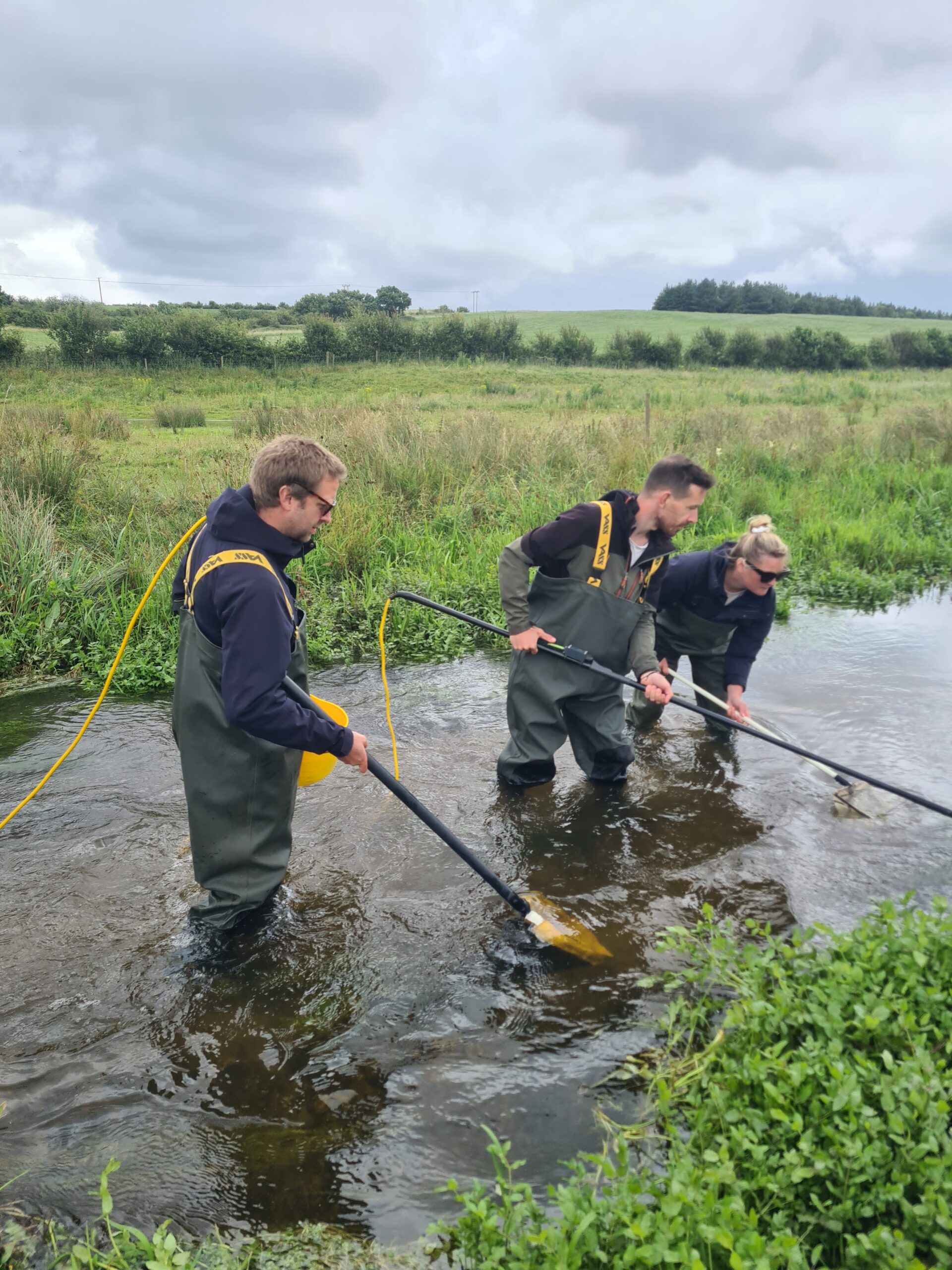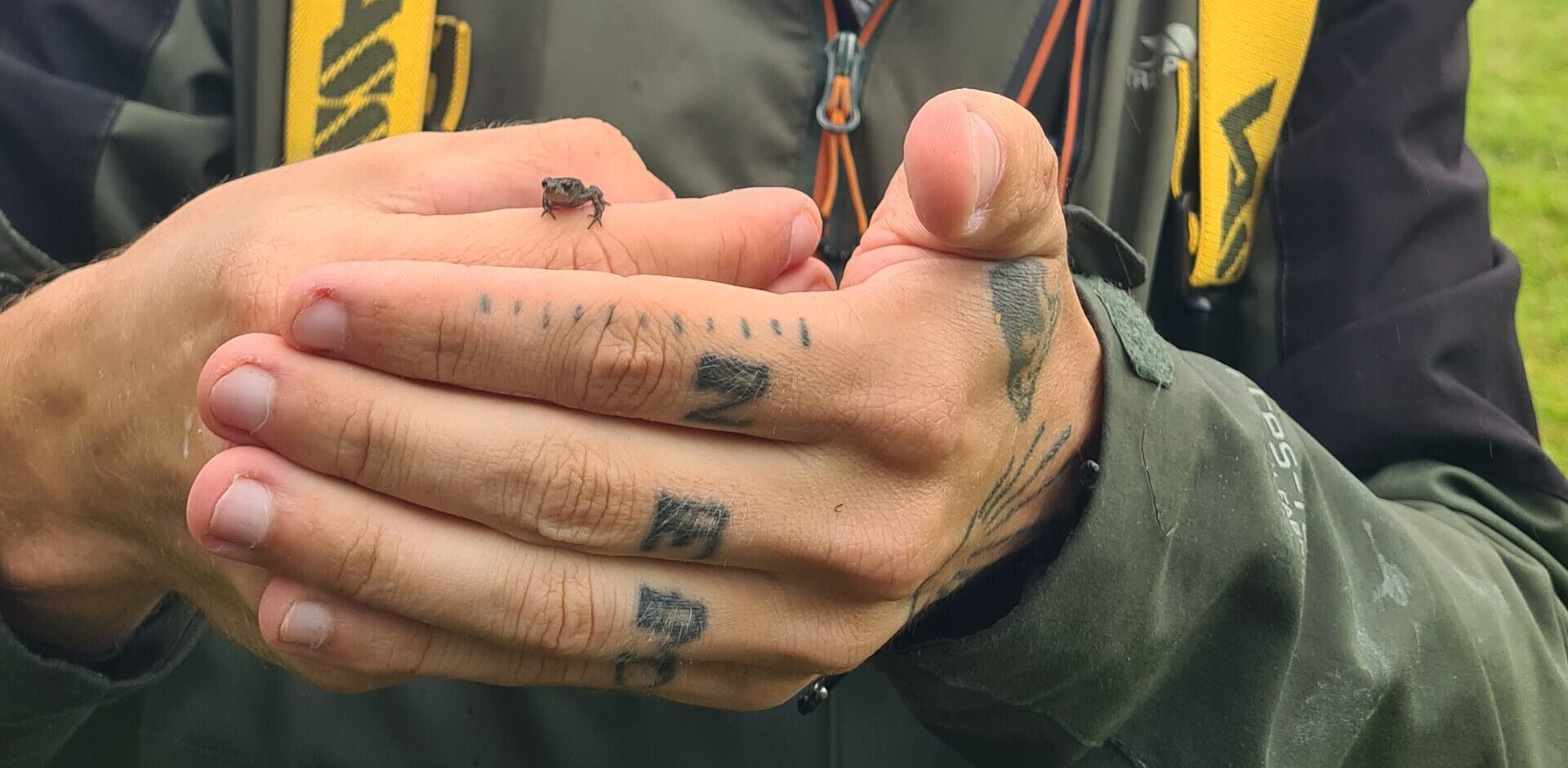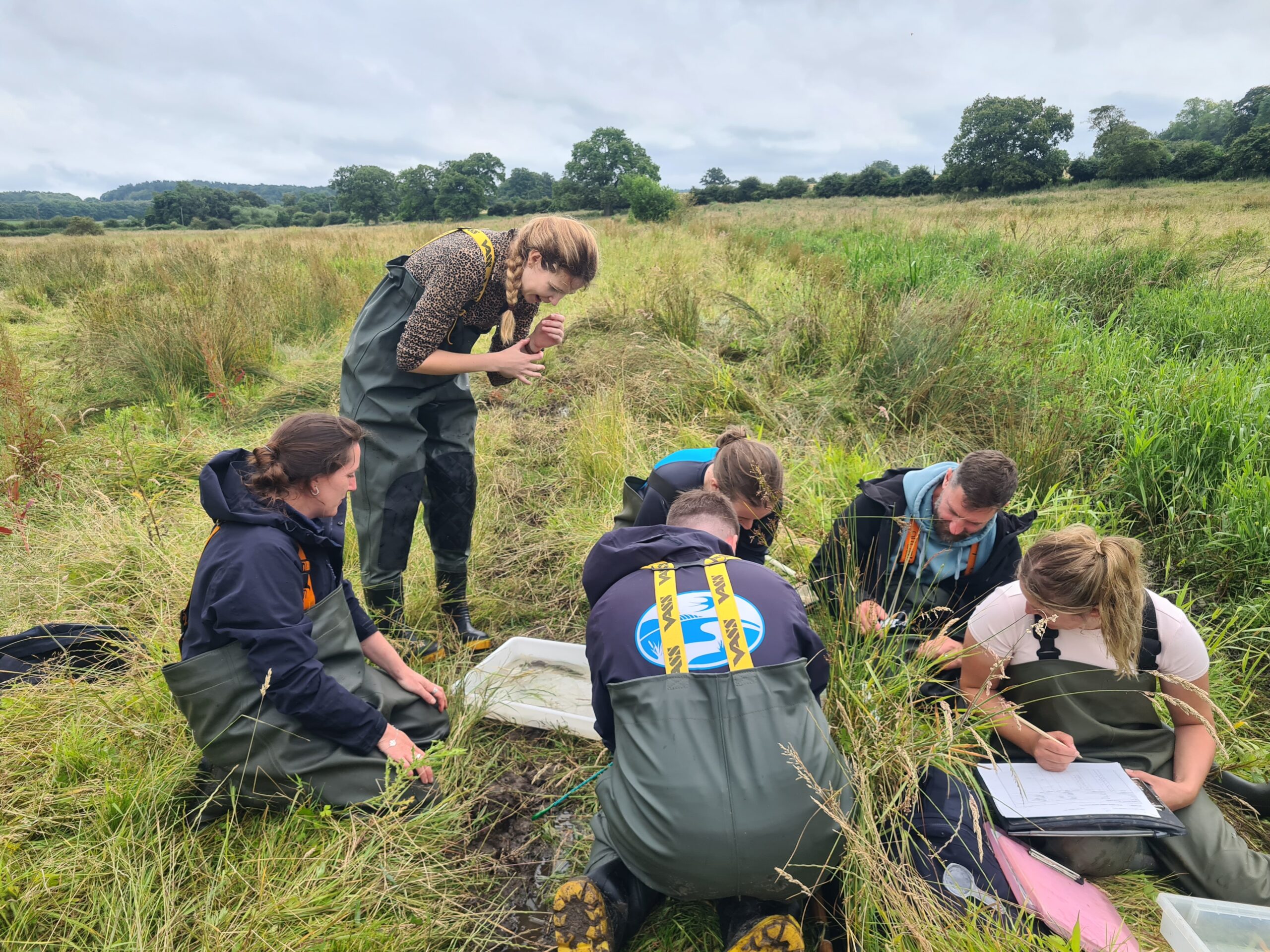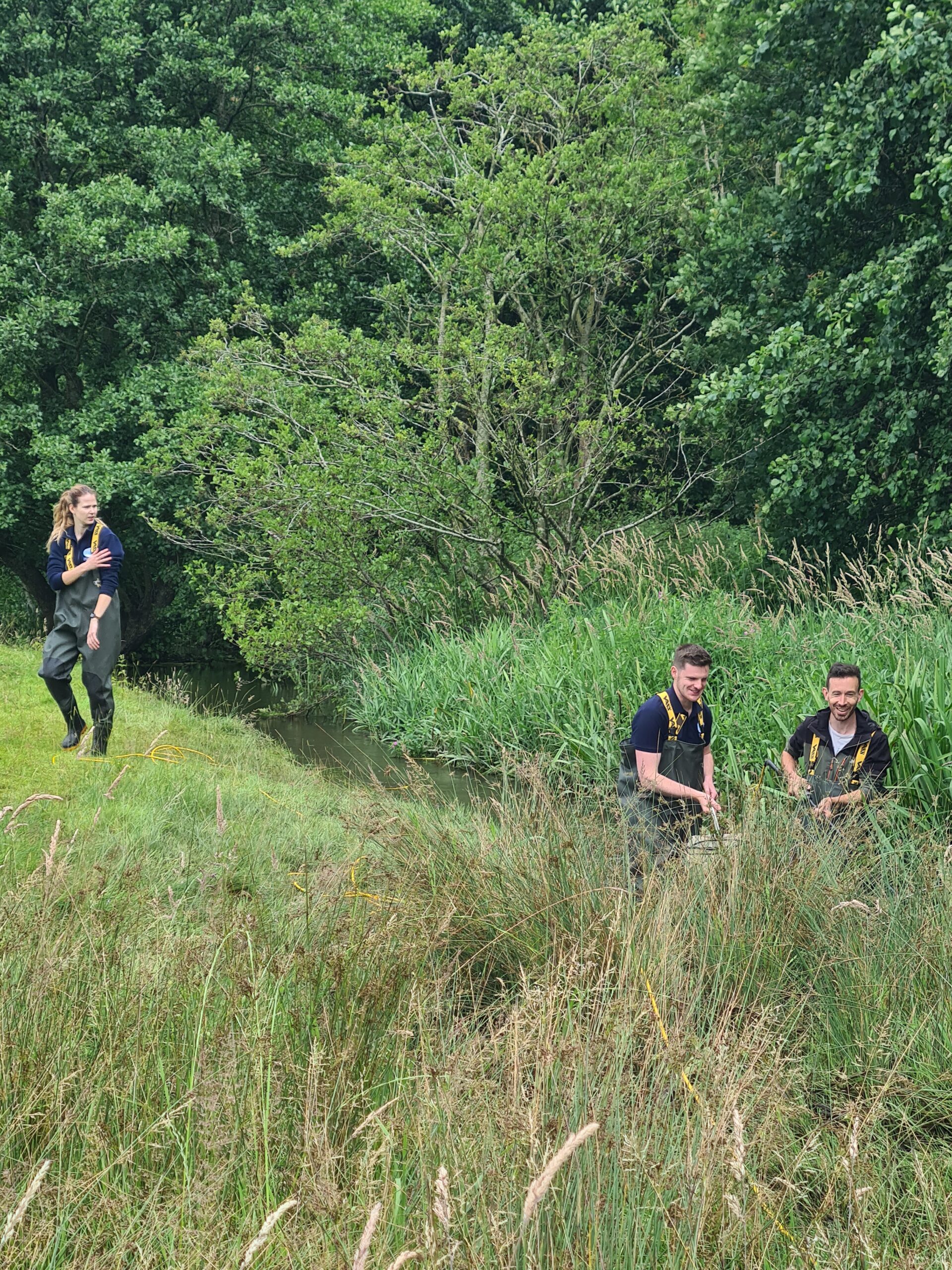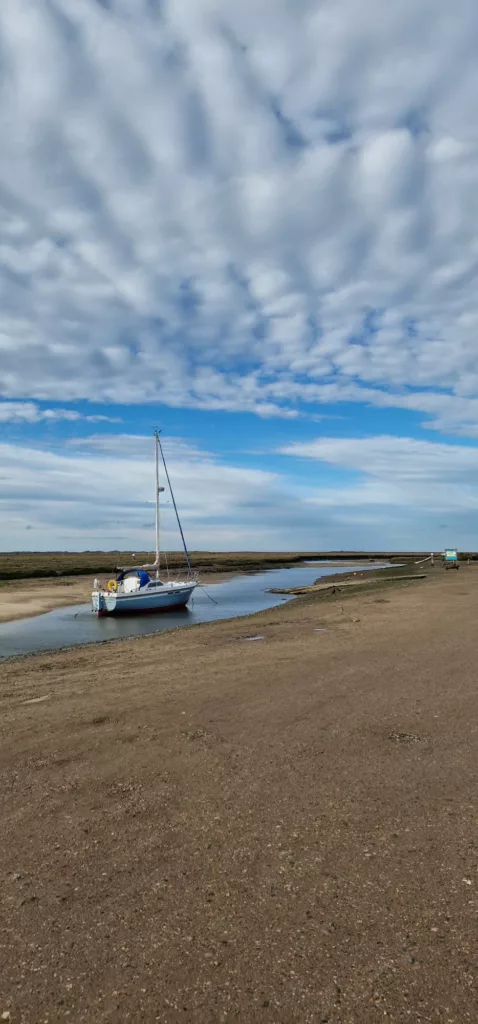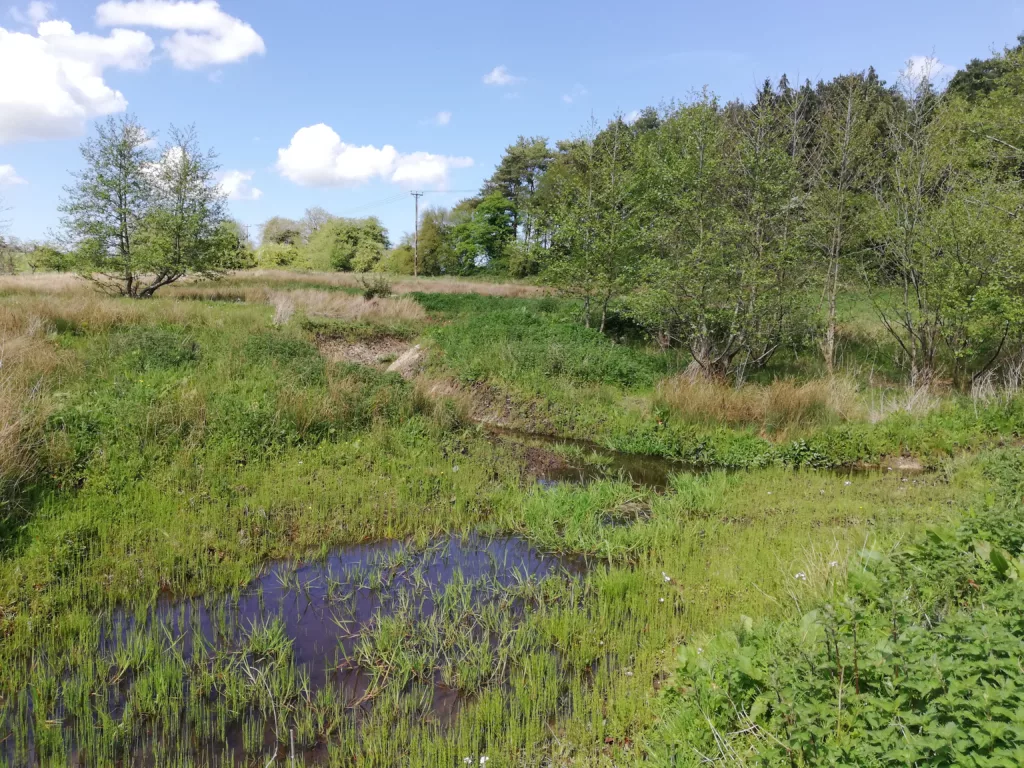0 ha
Climate change
0
This work is creating 5,000 hectares of new wildlife habitat from arable land, filling in gaps to form a continuous area of habitat of about 20,000 hectares. It will also enhance terrestrial corridors along five rare chalk rivers.
This large-scale project will establish new grazing marsh, freshwater habitats, and grass-scrub mosaics north of the A149 within Norfolk Coast National Landscape. It will restore river-floodplain corridors and freshwater wetland areas, supporting species recovery and creating diverse habitats.
Led by farmers and land managers, it will be supported by a public-private partnership.
The focus will be on creating and connecting habitats for endangered species, such as the natterjack toad, spoonbill, grayling butterfly, turtle dove, and barbastelle bat.
Enhancing terrestrial corridors along the Rivers Burn, Stiffkey, Glaven, Hun, and Weybourne Beck will improve river-floodplain connectivity and water quality.
In the short term, the aim is to create diverse habitats. In the long term, it will allow the coastal plain to adapt to rising sea levels, improve species migration through better connectivity of habitats, enhance biodiversity, improve water quality and increase climate change resilience.
It will also connect communities to nature and improve public access with inclusive routes and active travel.

